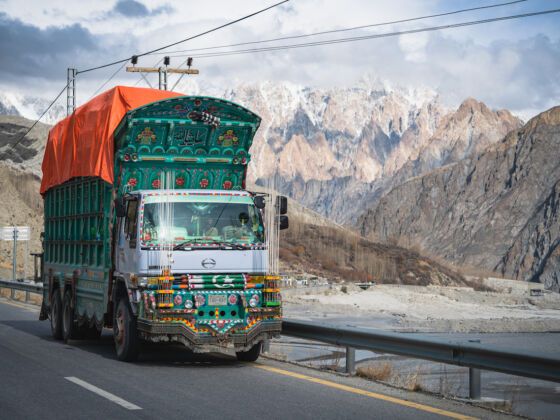The route
The Karakoram Highway (KKH) officially starts just north of Pakistan’s capital, Islamabad, an uninspiring, planned concrete city.
The best thing to see here is on the outskirts — the Indo-Greek ruins of Taxila, the easternmost conquest of Alexander the Great. Much of the site has been excavated, and it makes for a good mid-morning break on your way to the KKH.
